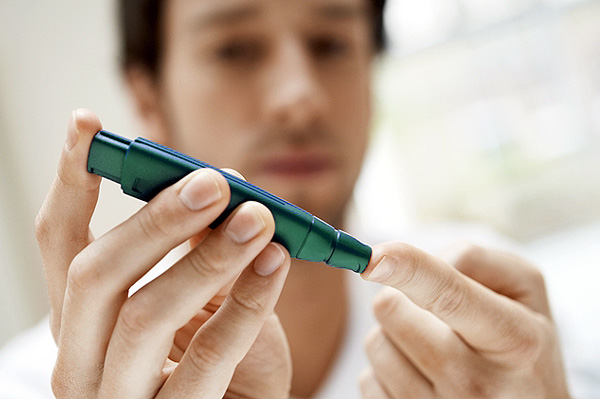The treatment of diabetic foot ulcers has evolved with the latest research and newer molecules. Cadexomer iodine is the latest form of iodine which is now used for managing most diabetic feet
Diabetes has evolved as a major healthcare challenge in India. The numbers are expected to rise to 101 million in 2030 and 134 million in 2045. Diabetes is associated with multiple complications such as nerve damage and poor blood supply, which makes the foot more prone to ulcers. Diabetic foot ulcers have a tendency to get worse pretty fast if not treated early. The treatment of diabetic foot ulcers has evolved with the latest research and newer molecules. Cadexomer iodine is the latest form of iodine which is now used for managing most diabetic feet. This molecule ensures that patients do not have to go daily for dressing change thereby reducing the financial burden on the patient. Additionally, Cadexomer Iodine has shown to be effective in treatment of ulcers thereby reducing the requirement of surgical debridement.
Dr Arun Bal, Consultant Diabetic Foot Surgeon, Raheja Hospital says, “High blood glucose is associated with multiple healthcare disorders and foot ulcers are one of the common complications of uncontrolled diabetes. Diabetic foot ulcers are stubborn and if not treated in time can result in amputation. Around 85% of diabetes-related amputations start with foot ulcers. In India the awareness around the condition is poor and people often try to manage the ulcers. They often reach late to the doctor and there is no other option than amputating the limb.”
Dr Bal added, “Cadexomer Iodine has proven to be the dressing of choice for such complicated wounds in diabetic patients due to its safe and prolonged duration of antiseptic action.”
- Advertisement -


